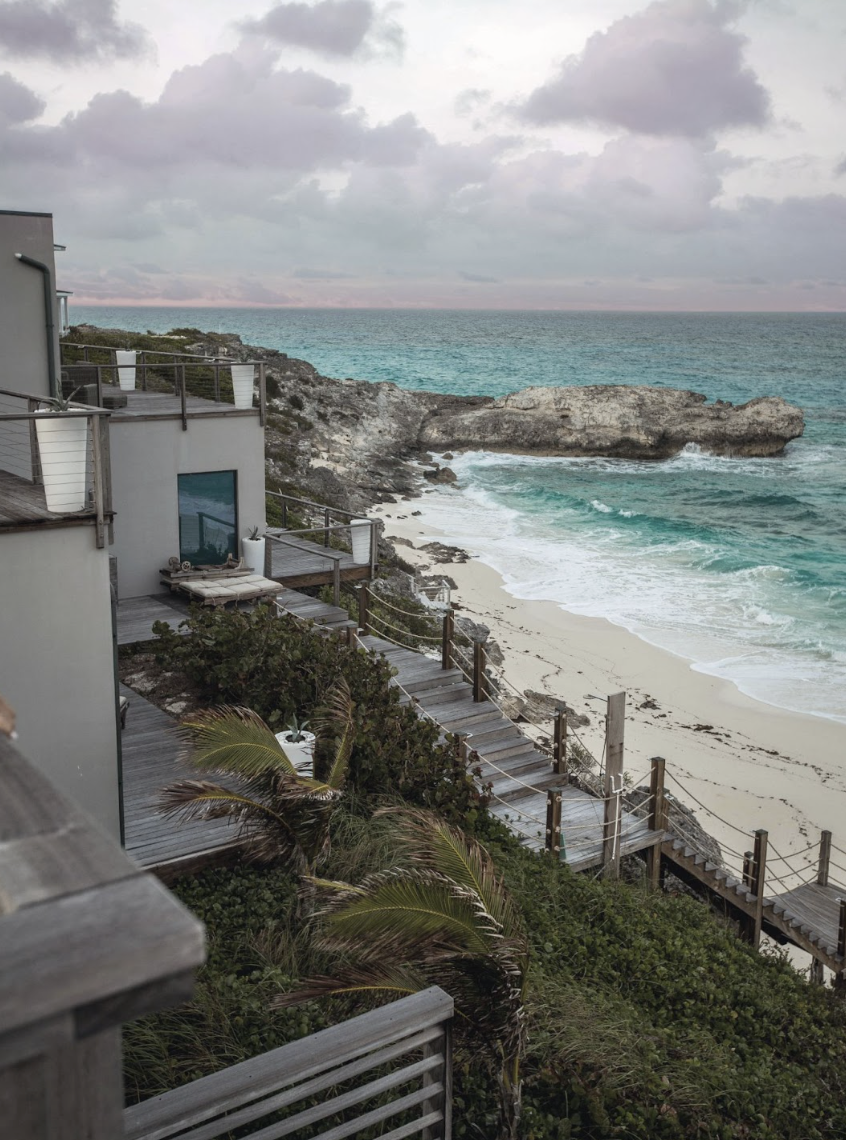Coastal Chic, Not Coastal Corrosion: Protecting Your Home from Sea Spray and Salt
There’s nothing quite like oceanfront living. Whether it’s the panoramic views, the sound of the waves, or the cool coastal breeze, owning a home by the water is the ultimate luxury. But with those stunning views comes an invisible and corrosive threat: salt.
If you own property along the Southern California coast—especially in areas like Malibu, Palos Verdes, or Pacific Palisades—you’re already familiar with the tradeoff. The beauty of sea spray comes with the burden of accelerated wear and tear. Salt can creep into the smallest crevices of your home, breaking down surfaces, corroding metals, and damaging the systems that keep your estate running smoothly.
At Sparrow Estate Management, we specialize in helping coastal homeowners with home protection without sacrificing aesthetics. Here's how you can enjoy your coastal lifestyle without letting the ocean eat away at your estate.
The Hidden Enemy: What Salt Air Really Does
Salt air may feel fresh, but it's deceptively harsh on materials. Carried by ocean breezes, sea spray clings to exterior surfaces and eventually dries, leaving behind corrosive salt crystals. Over time, this causes:
Rust and pitting on metal surfaces like gates, hardware, lighting, and furniture
Erosion of wooden features such as decks, siding, and fences
Etching and staining on glass, especially windows and railings
Spalling and surface breakdown on stone, tile, and concrete
Premature wear on HVAC units, solar panels, and even interior systems exposed to infiltrated salt air
Preventive Design: Building with Coastal Durability in Mind
If you are looking to build or renovate there are some preventative measure you can put into place to increase long-term durability:
Smart Material Choices for New Builds and Retrofits
If you're in the design phase, selecting salt-resistant materials from the start is essential. But if your home is already built, retrofitting key features can still offer significant protection. Here’s how:
Upgrade to marine-grade stainless steel or powder-coated aluminum for outdoor hardware, fixtures, and furniture.
Replace traditional wood with composite decking or dense hardwoods like ipe, which are naturally more resistant to moisture and salt.
Apply salt-tolerant paints and sealants to siding, doors, and trim—especially in ocean-facing areas.
Seal concrete and natural stone surfaces to prevent absorption and crumbling caused by salt accumulation.
Architectural Enhancements You Can Still Add
Even without starting from scratch, you can reinforce your home’s defenses:
Install retractable awnings or overhangs to shield windows and patio doors from direct exposure.
Add pergolas or partial enclosures to exposed sitting areas or outdoor kitchens.
Upgrade gutters, rain chains, and diverters to control water flow and reduce salt stains on walls.
Use landscape design strategically, planting salt-tolerant shrubs and screens to buffer against airborne spray.
In Los Angeles’s luxury coastal neighborhoods, many homes are designed to maximize open-air living. But those floor-to-ceiling glass walls, minimalist patios, and sleek metal accents all need intentional upkeep to withstand salt-heavy winds.
Maintenance Is Your Best Armor
No matter how well a home is built or upgraded, routine maintenance is your most powerful tool in the fight against salt damage.
At Sparrow Estate Management, we recommend a tiered approach depending on material and exposure level:
Weekly:
Rinse down windows, glass railings, and exterior doors with deionized water to prevent salt bonding.
Lightly wipe down outdoor furniture and metal accents.
Monthly:
Clean and treat metal surfaces with anti-corrosive solutions.
Inspect and clean HVAC components, vents, and outdoor appliances.
Seasonally:
Re-seal wood, stone, and concrete as needed based on wear.
Professionally pressure wash salt-exposed areas using appropriate pressure and pH-balanced cleaners.
Evaluate roof, gutter, and drain health—areas where salt buildup often goes unnoticed.
Protecting the Inside, Too
Salt doesn't stop at the door. If your windows are open or your ventilation systems pull in ocean air, your interiors may also be at risk. To minimize indoor exposure:
Install high-efficiency air filters in HVAC systems and maintain them regularly.
Use air purification systems to reduce airborne particles indoors.
Apply protective films to windows to reduce salt etching and sun damage.
Service sliding glass walls, pocket doors, and accordion doors—popular in SoCal design—to ensure smooth function and salt-free track systems.
It’s these hidden details that often make the biggest difference in preserving your home’s integrity.
What Most Homeowners Miss—And What It Costs Them
Even the most vigilant homeowners can overlook areas vulnerable to salt exposure. Some of the most commonly neglected zones include:
Roofing and flashing, where salt mixes with moisture and accelerates deterioration
Outdoor lighting and wiring, which can corrode from the inside out
Solar panels, which lose efficiency if not cleaned and inspected regularly
Security systems and cameras, which are often installed without coastal-grade housings
The result? Diminished home performance, reduced aesthetic appeal, and skyrocketing repair costs often silently accumulating over time.
Let Sparrow Estate Management Help You Keep You Home Coastal Chic
The coast is meant to be enjoyed, not feared. But protecting your home from the ocean’s harsh realities requires more than the occasional rinse or seasonal cleanup. With the right design strategies, maintenance plan, and professional support, your property can remain both luxurious and resilient.
Contact us today to schedule your personalized coastal care consultation!


